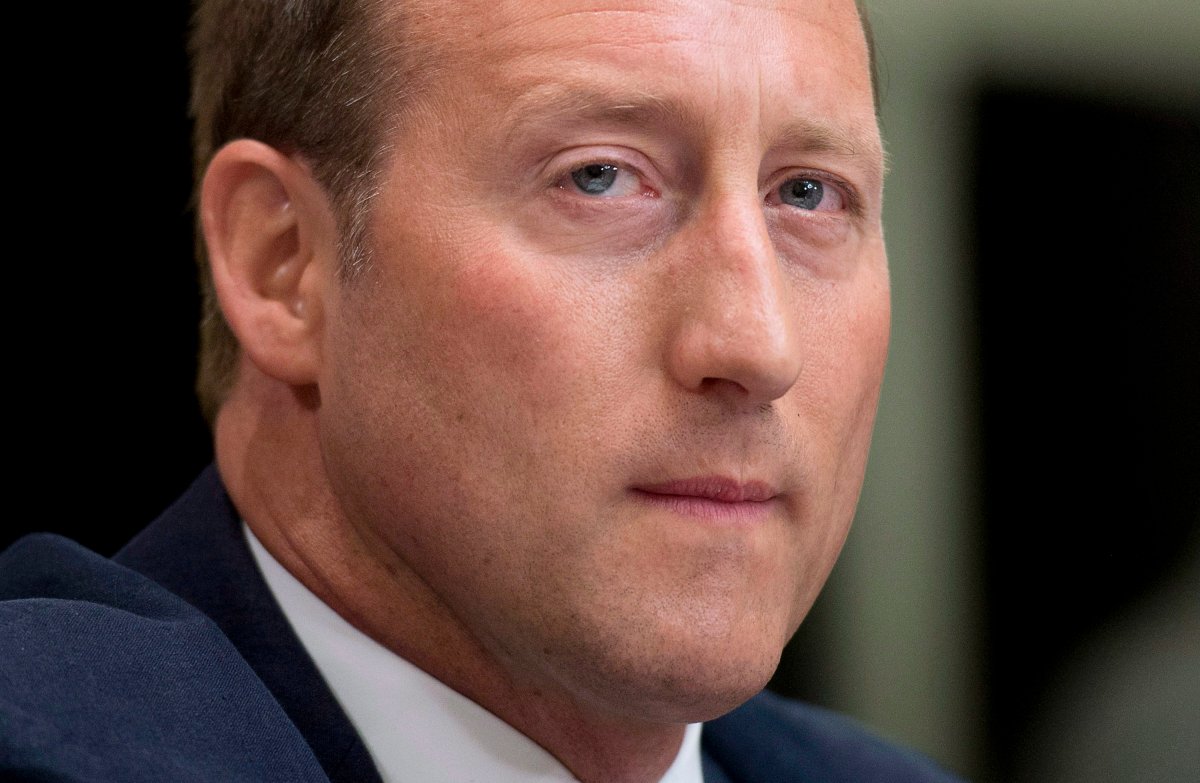OTTAWA – The department of justice says it doesn’t have any “readily available” information about the diversity of federal judicial appointments from the past 20 years.

That means the government can’t say how many women, visible minorities, French-speakers or aboriginals have been named as federal judges since 1993, according to newly-tabled documents in Parliament.
“The information requested is not readily available and would require an extensive manual search of all records,” the department says.
“It is therefore not feasible to produce a response within the time period allotted.”
The government has 45 days to answer so-called order paper questions from Members of Parliament.
READ MORE: Peter MacKay’s department says it’s ok for Chief Justices to comment on Supreme Court appointments
Liberal MP Irwin Cotler, a former justice minister who requested the information, said he was taken aback by the government’s inability to answer the question.
“If we’re going to have a judicial appointment process that has integrity and that abides by the concerns that we do have a judiciary that reflects and gives expression to diversity, we need to know and – in particular – they need to have that information available for themselves,” he said.
“As minister of justice, I knew at all times how many women were being appointed, how many members of minorities were being appointed. Why? Because I had to take into account that diversity.”
Justice Minister Peter MacKay came under fire last summer for remarks he allegedly made suggesting the lack of women and visible minorities in federal courts was because these people weren’t applying for the jobs.
On Thursday, he said the reason there are no statistics is because “some people don’t self-identify.”
“I can tell you only about the appointments we’ve made, and even in that case where I’ve not met all of the applicants, as I say some prefer not to self-identify,” he told Global News.
Arleen Huggins, who sits on the board of the Canadian Association of Black Lawyers, says her group has for years been asking the government to track diversity in the judicial system.
“There is no reason why this information is not available,” she said in an interview.
“It’s absolutely necessary information.”
Huggins, a past president of the association, said the “disturbing” trend shows the judiciary is not reflective of the society it represents.
“We have a situation where there is an increasing gap between those who access the judicial system and those who are responsible for administrating and enforcing the judicial system,” she said.
“One has to see reflected in those who are judging us, who we are as a society.”
Documents from 2012 also show the government was previously aware, under former minister Rob Nicholson, the gender of appointees between 2006 and 2012.
The department also kept track of whether candidates were Anglophone, Francophone or bilingual.
In 2012, 145 out of 485 appointments – about 30 per cent – were women.
Between 2006 and 2012, of 3,380 judicial appointments including provincially, only 104 judges were French.
Another 1,025 – 30 per cent – were bilingual.
Cotler, who served as minister in the Liberal government between 2003 and 2006, said the issue of merit and excellence is always the criteria for judicial appointments.
But diversity does play a role.
“One has to keep in mind, and be conscious of, how many women are we appointing, how many members of minorities are we appointing, if we want to respect that diversity principle,” Cotler said.


Comments